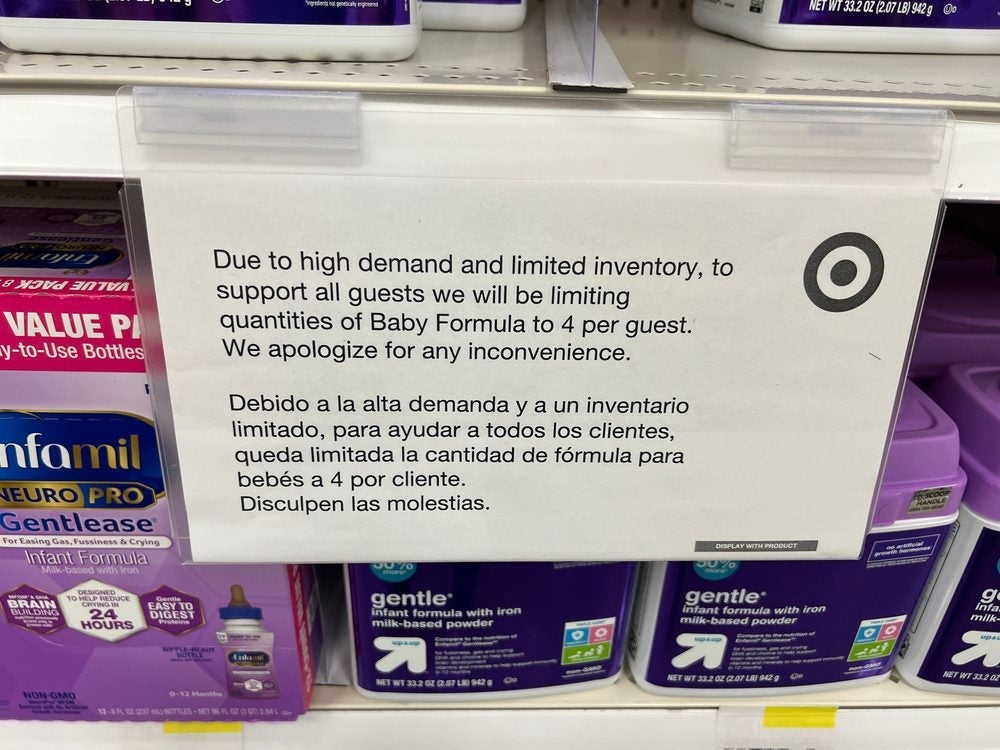A new research report from online marketing firm eROI found that 18% of marketers don’t track the performance of their e-mail campaigns. Talk about marketing while blindfolded.
The reasons given for failing to track included not knowing how, or lacking the time or budget. It’s hard to read those rationales without hearing them as enormous cop-outs. Come on. E-mail (like online marketing in general) is the most trackable ad medium in the history of marketing.
In the survey of some 500 companies, a significant fraction of the non-trackers answered “other,” which probably included technical hurdles. I know the web analytics challenges faced by anyone using a third-party shopping cart, for instance, whether it be Yahoo Store, AmeriCart, or another of the bolt-on ecommerce checkouts used by smaller merchants.
But still, tracking options, hacks and workarounds exist. Experts can help. There’s no excuse for marketing blind. If you really, truly can’t track ecommerce campaigns through your shopping cart, I have six simple words for you: Time for a new shopping cart.
Key Metrics for E-Mailers
Assuming you’re not one of the 18% of marketers merely guessing at the contributions of their e-mail program, you probably see:
- Your house e-mail marketing is one of your most dependable revenue generators — and one of the biggest slices of your online revenue pie.
- Revenue per campaign swings wildly (like 100%) between your best and worst campaigns. These swings may depend on the season, the economy, and of the innate strength of a product or offer. Revenue per campaign varies hugely based on list segmentation too (assuming you’re doing it). Just as in the print catalog world, 12-month buyers far outperform prospects.
Revenue per campaign is the money that spills out of the funnel. Open rate, click-through rate, and conversion rate are the three steps in the ever-narrowing funnel. Here’s benchmarks for each:
Open Rates: 10% to 19% is normal. 20% + is good.
Click-Through Rates: Research says 2% to 5% range is average. Shoot for 10%.
Conversion Rate: To give you hard numbers here would be misleading. But consider that visitors from your house e-mail are highly qualified. They should convert at least as well as people who enter your URL directly, or search for you by name. Review your web analytics, and benchmark e-mail conversion rates against those other highly qualified segments of your web traffic.
Unsubscribe Rate: Under 1% is desirable. Shoot for 0.5%.
Revenue per Message Delivered: Here’s an e-mail rule of thumb: assuming you have an average order value of $100, aim for around $0.15 to $0.20 revenue per e-mail message delivered. Based on our customers, with niche audiences and active, healthy house e-mail lists, the math works like this:
- Send 10,000 messages
- Open rate is 20% (2,000 opens)
- Click-through rate is 10% (200 clicks)
- Conversion rate is 10% (20 orders)
- 20 orders x $100 AOV = $2,000, or $0.20 revenue per message delivered
Are you mailing too much?
The hallmarks of e-mailing list fatigue are declining open rates, declining response (clicks and conversions) and climbing unsubscribe rates. Unsubscribes trending above 1% tell you to improve your offers, improve the quality of your messages, or decrease frequency. Do the first two before resorting to the third!
How do you know if you are mailing too infrequently? Compare yourself to competitors (you are signed up for your competitors’ e-mail programs, right? You need to be, to see their frequency and their offers, the quality of their messages, maybe even their segmentation).
Many merchants e-mail every two to three weeks in their slow season, weekly for much of the year, and a few times a week during peak holidays. If you’re only mailing once a month, ramp up the frequency and keep an eye out for signs of list fatigue. You may be surprised to find that multiplying the number of campaigns simply multiplies your revenues — with no diminishing returns.
That certain something
In focusing on the numbers, I’ve left unsaid all the art that goes into successful e-mail campaigns: the strong graphic design, compelling offers, savvy merchandising, grabby subject lines, personalization, segmentation and other strategies that make the best e-mails.
Those intangibles are what inspire the responses we’re talking about. Homing in on your e-mail metrics won’t magically create smart marketing. But it will give you firm and impressive numbers proving just how valuable it is.
I’d be interested to know if these numbers and rules-of-thumb hold true for you.
Tom Funk (tfunk@timberlineinteractive.com) is vice president of marketing at Timberline Interactive.
 Network
Network

